DNA Damage/DNA Repair
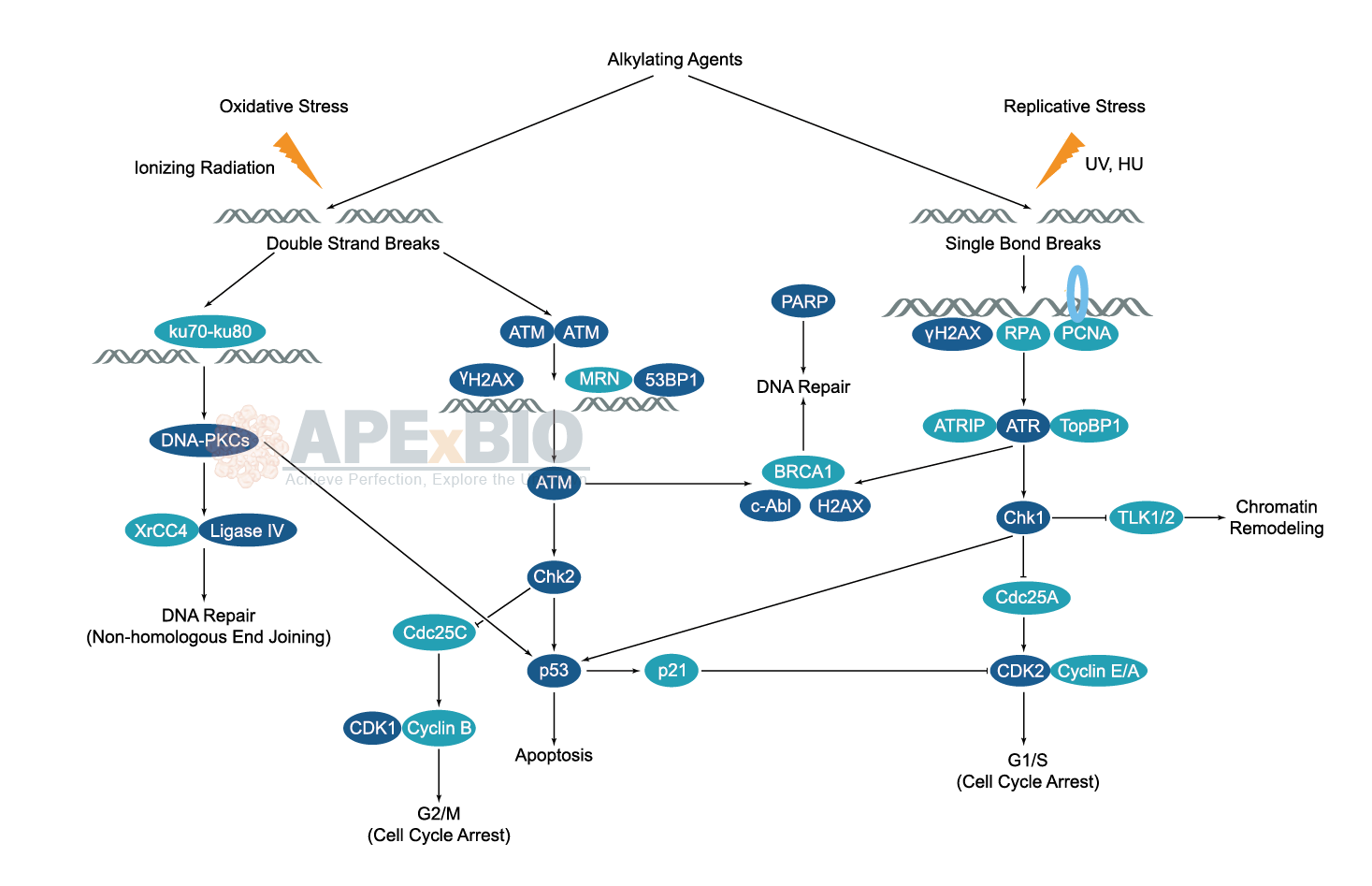

The DNA in a human cell receives tens of thousands of damages per day due to both external (exogenous) and internal (endogenous) stress. The exogenous damages are caused by chemical contamination, UV light, ionizing radiation and alkylation/methylation etc, while the endogenous damages are coming from oxidation, alkylation and hydrolysis of bases etc. Since single strand and double strand breaks of DNA will occur after the damage, unrepaired DNA damage leads to cell senescent, apoptosis and malignancies etc. To overcome this threat, cell has developed DNA damage response, to detect DNA damage and mediate its repair.
DNA repair involves multiple mechanisms such as mismatch, base excision, and nucleotide excision repair etc. A group of proteins and pathways are participated in those processes. ATM/ATR kinases and DNA-PK are crucial for the detection of the DNA damage. Chromatin remodelers regulate chromatin accessibility for the DNA repair factors to function. RPA, Rad51 and the fanconi anemia proteins act directly on repairing the DNA damage. p53 network, the RAS GTPase superfamily, and the ubiquitin system also play important part in the DNA damage response. Aberrant DNA damage response is linked to aging, cancer and immune diseases.
-
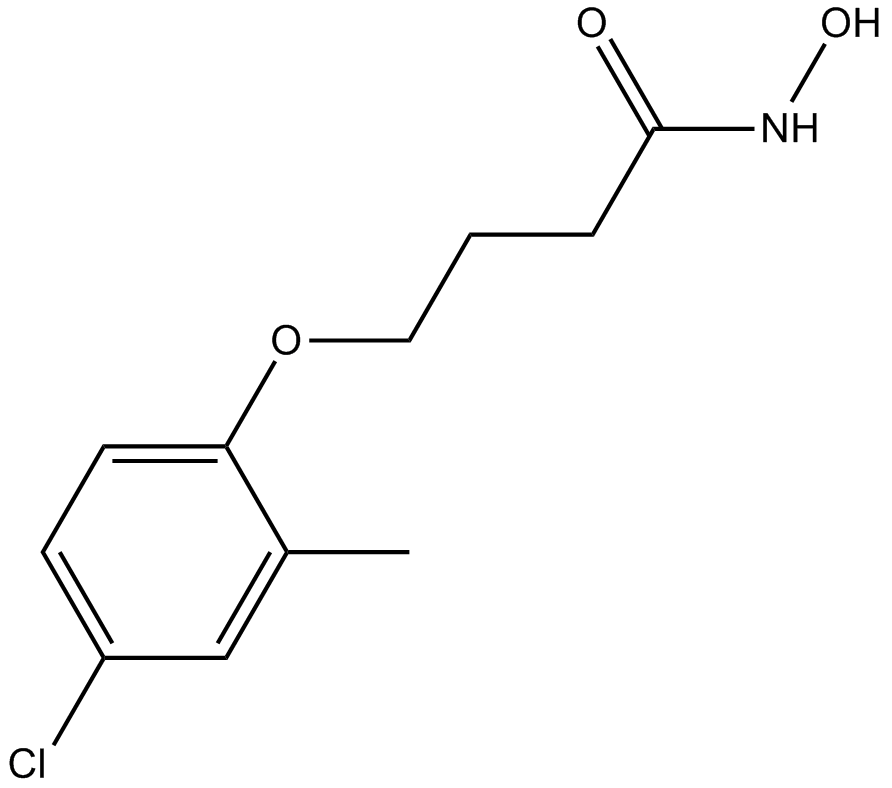 A4100 Droxinostat2 CitationSummary: Selective HDAC inhibitor
A4100 Droxinostat2 CitationSummary: Selective HDAC inhibitor -
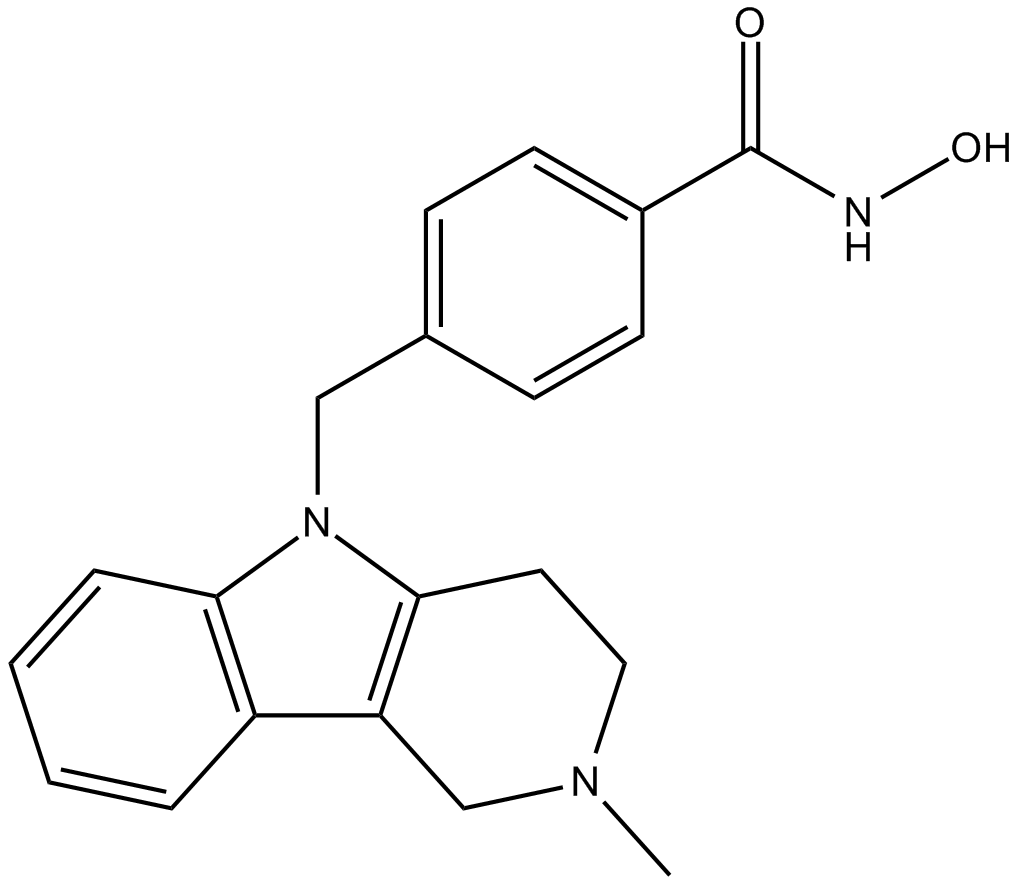 A4101 Tubastatin A6 CitationTarget: Histone Deacetylases (HDACs)Summary: HDAC6 inhibitor,potent and selective
A4101 Tubastatin A6 CitationTarget: Histone Deacetylases (HDACs)Summary: HDAC6 inhibitor,potent and selective -
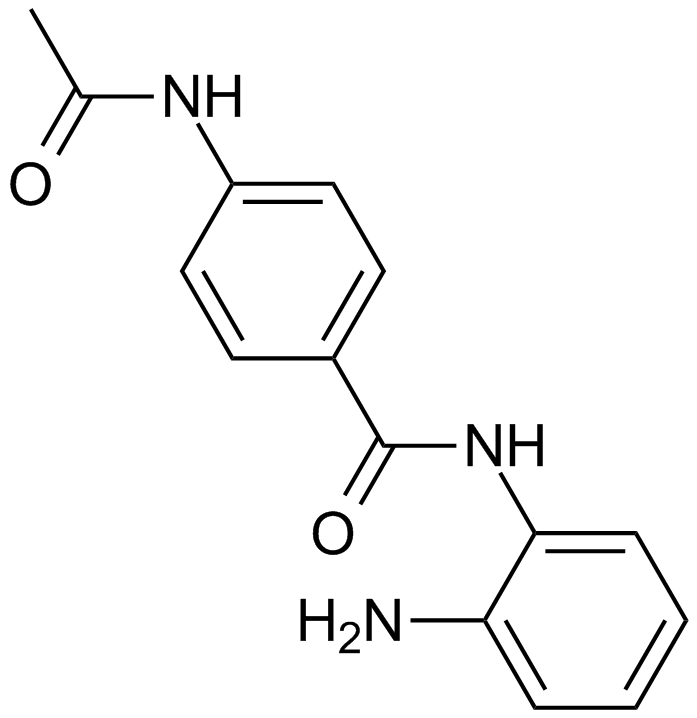 A4102 CI994 (Tacedinaline)1 CitationTarget: Histone Deacetylases (HDACs)Summary: HDAC inhibitor
A4102 CI994 (Tacedinaline)1 CitationTarget: Histone Deacetylases (HDACs)Summary: HDAC inhibitor -
 A4103 LAQ824 (NVP-LAQ824,Dacinostat)1 CitationSummary: HDAC inhibitor,potent and novel
A4103 LAQ824 (NVP-LAQ824,Dacinostat)1 CitationSummary: HDAC inhibitor,potent and novel -
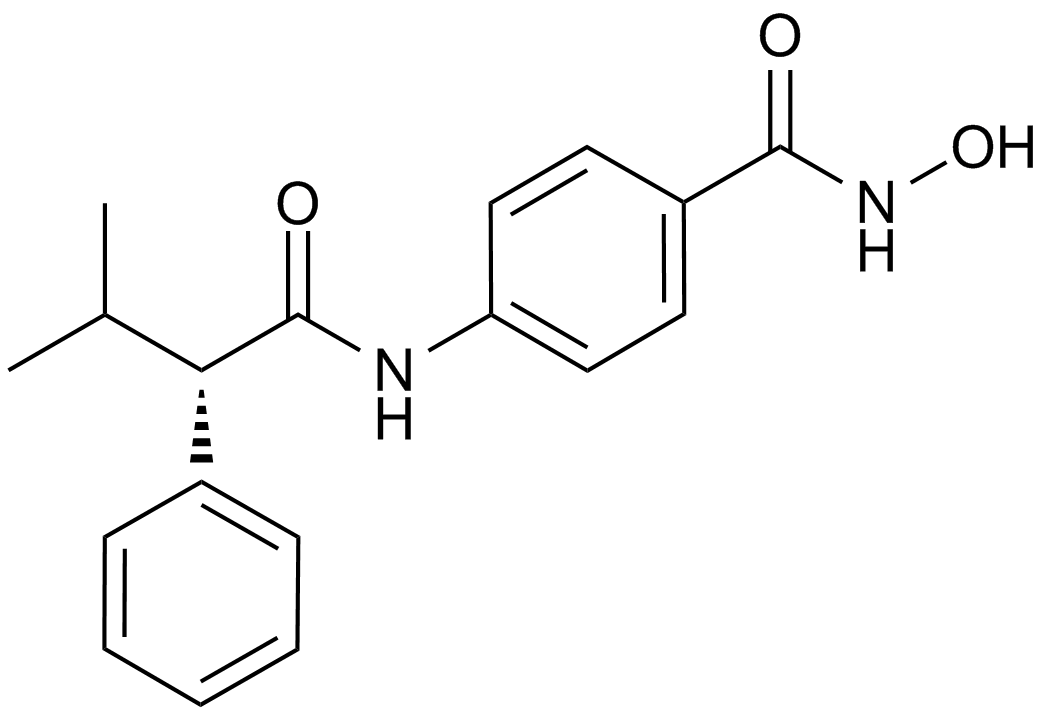 A4104 AR-42 (OSU-HDAC42)2 CitationTarget: Histone Deacetylases (HDACs)Summary: HDAC inhibitor,novel and potent
A4104 AR-42 (OSU-HDAC42)2 CitationTarget: Histone Deacetylases (HDACs)Summary: HDAC inhibitor,novel and potent -
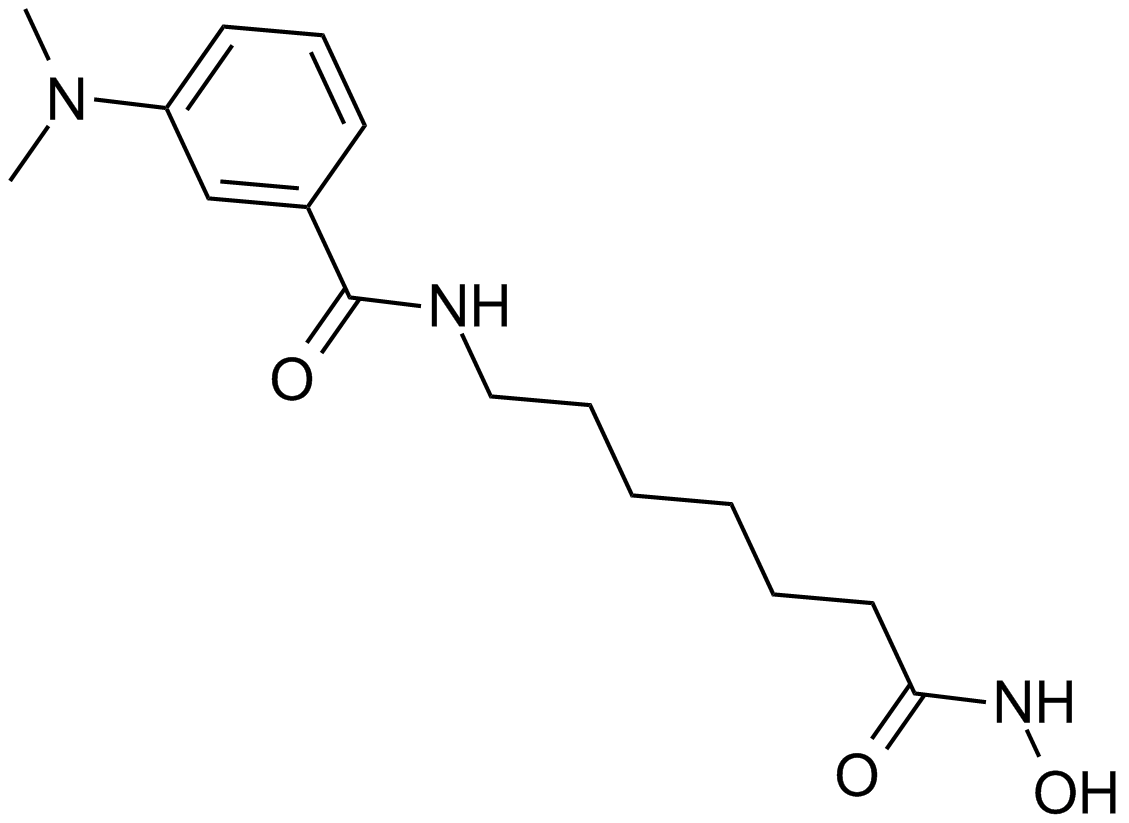 A4105 M3441 CitationTarget: Histone Deacetylases (HDACs)Summary: HDAC inhibitor,potent and cell-permeable
A4105 M3441 CitationTarget: Histone Deacetylases (HDACs)Summary: HDAC inhibitor,potent and cell-permeable -
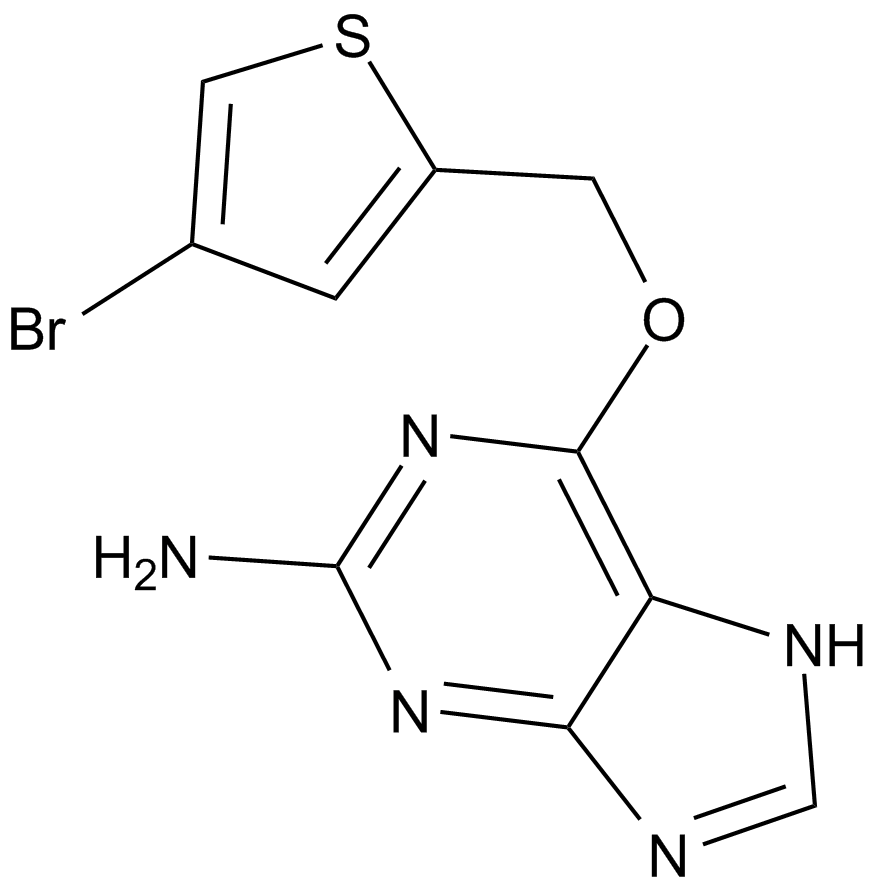 A1912 LomeguatribTarget: O6-methylguanine-DNA-methyl-transferase (MGMT)Summary: MGMT inhibitor
A1912 LomeguatribTarget: O6-methylguanine-DNA-methyl-transferase (MGMT)Summary: MGMT inhibitor -
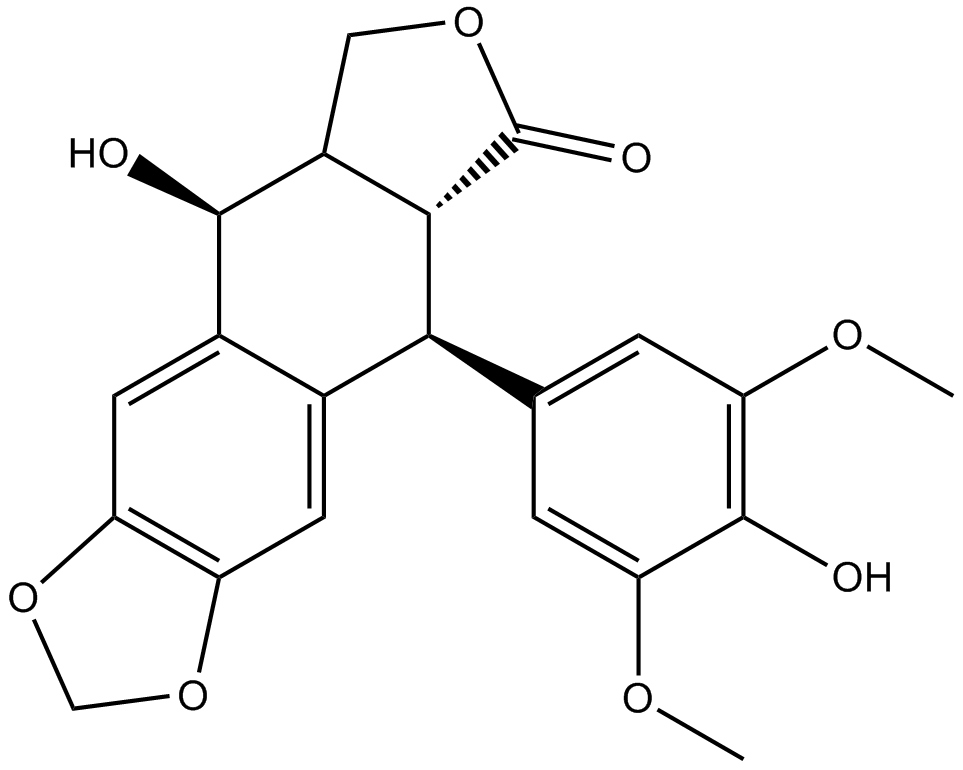 A3123 4'-DemethylepipodophyllotoxinSummary: Anti-cancer drug
A3123 4'-DemethylepipodophyllotoxinSummary: Anti-cancer drug -
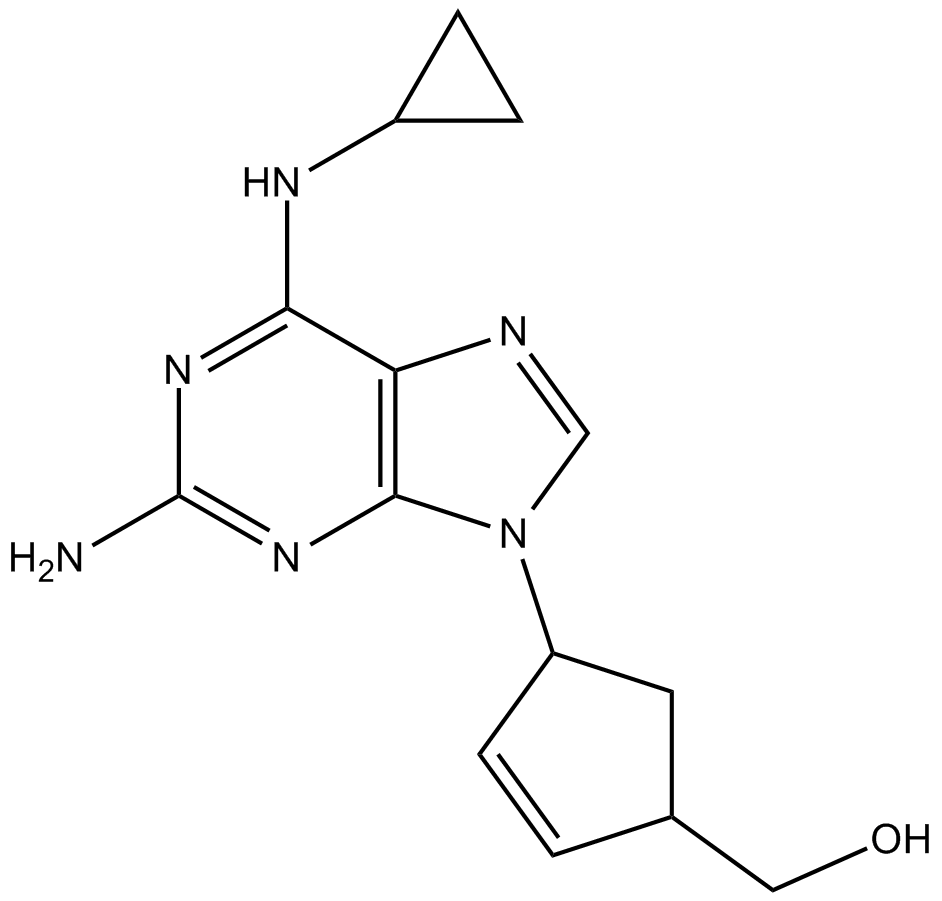 A3139 AbacavirSummary: Inhibitor of HIV reverse transcriptase
A3139 AbacavirSummary: Inhibitor of HIV reverse transcriptase -
 A3210 AZ201 CitationTarget: ATM/ATRSummary: ATR inhibitor,potent and selective
A3210 AZ201 CitationTarget: ATM/ATRSummary: ATR inhibitor,potent and selective


